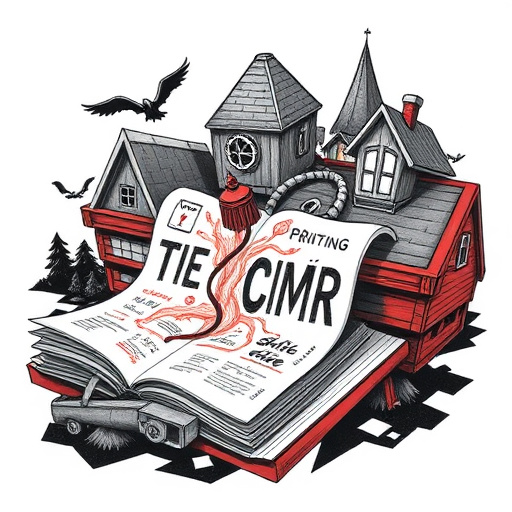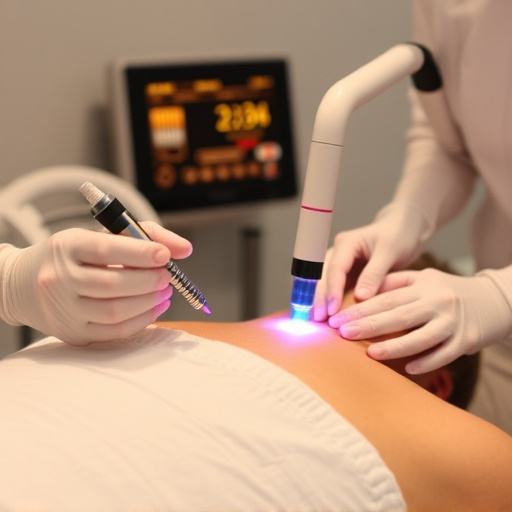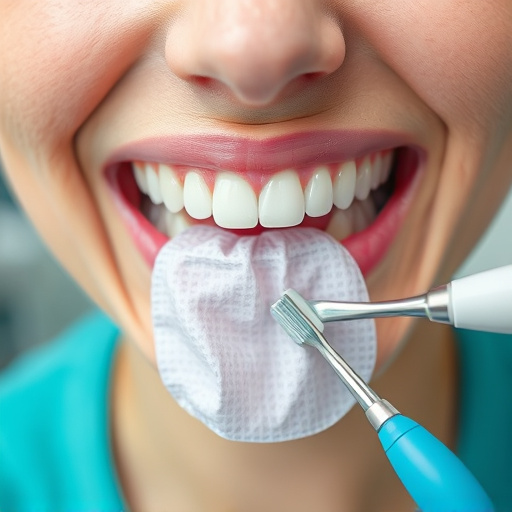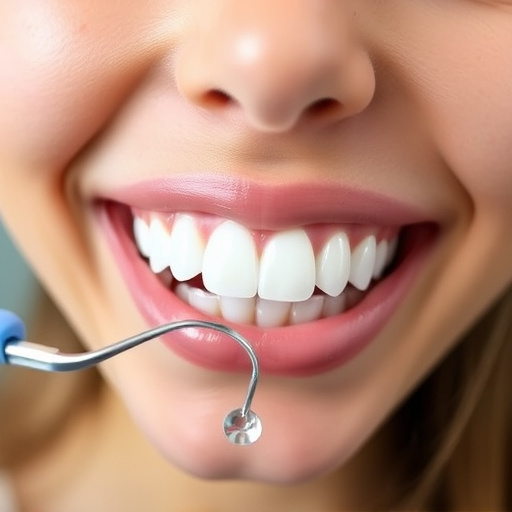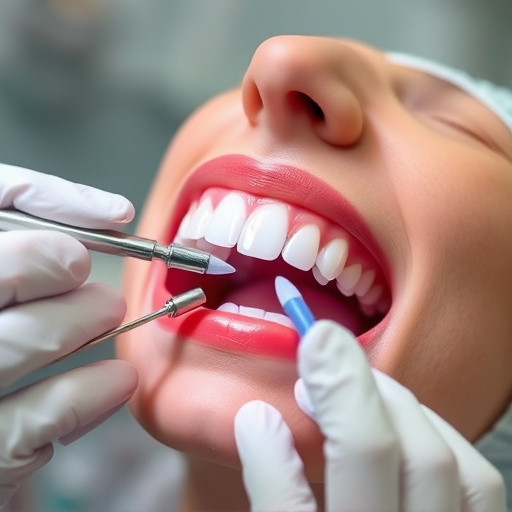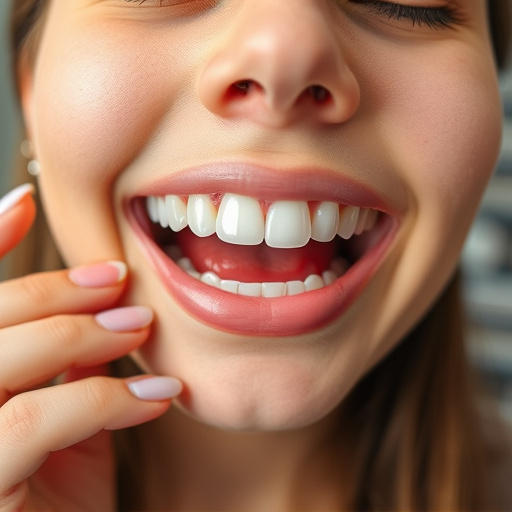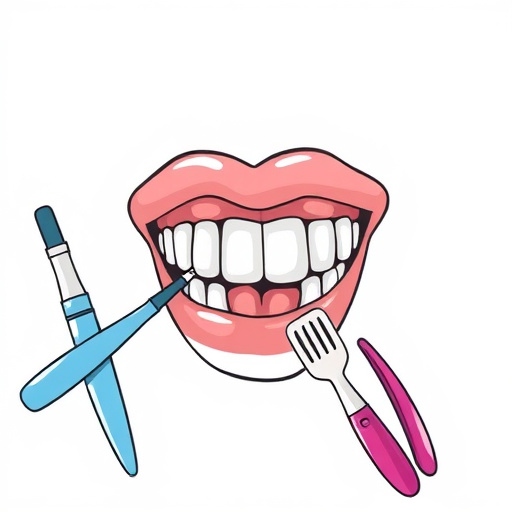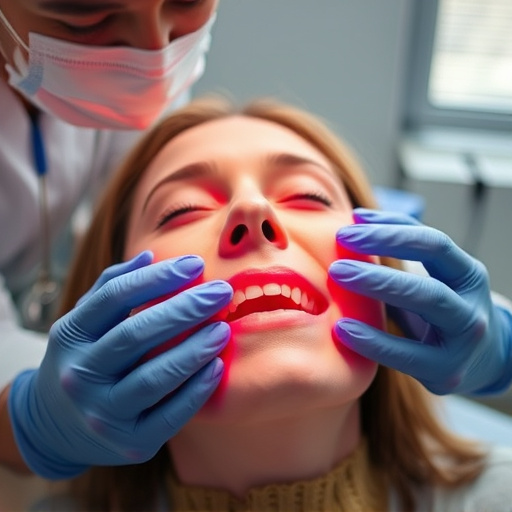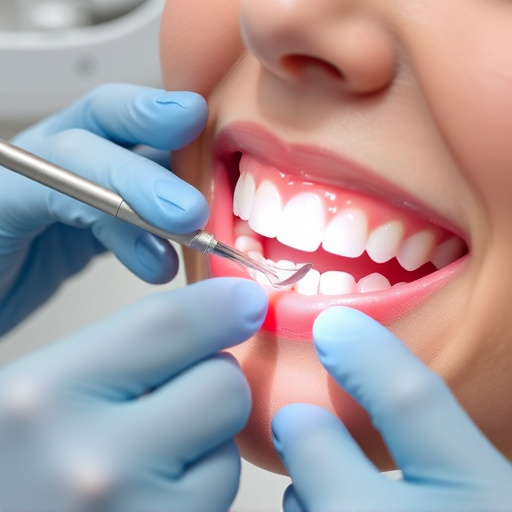Occlusal adjustment is a dental procedure aligning teeth for optimal bite correction, offering both cosmetic and functional benefits. It enhances chewing efficiency, prevents oral health issues like tooth wear and fractures, and sets the stage for proper tooth growth in children. Evaluating dental alignment is crucial, leading to solutions like clear aligners. Regular cleanings and check-ups are vital during and after adjustment for optimal oral hygiene.
Occlusal adjustment, a precise dental technique, offers profound benefits in enhancing chewing function and overall oral health. This article delves into the transformative power of understanding and implementing occlusal adjustments. We explore the basics, highlighting its advantages in alleviating jaw pain, improving bite alignment, and optimizing chewing efficiency. By evaluating dental alignment and employing effective techniques, individuals can achieve better oral well-being through this specialized procedure, ensuring a more comfortable and functional smile.
- Understanding Occlusal Adjustment: Basics and Benefits
- Evaluating Dental Alignment for Optimal Chewing Function
- Techniques and Procedures for Effective Occlusal Correction
Understanding Occlusal Adjustment: Basics and Benefits
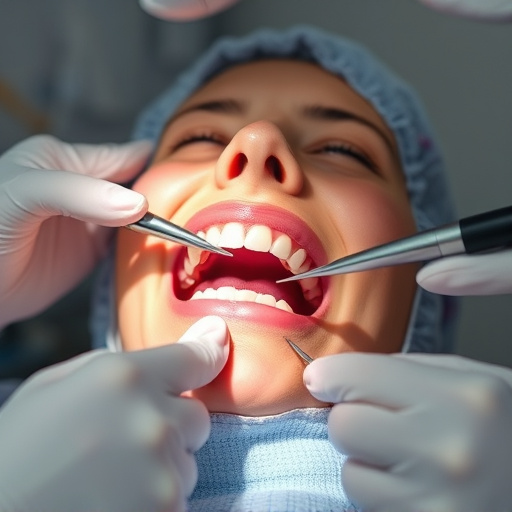
Occlusal adjustment, a specialized dental procedure, involves manipulating and realigning teeth to achieve proper bite alignment. This process is fundamental in cosmetic dentistry, offering both aesthetic and functional improvements. By correcting misalignments, occlusal adjustment enhances overall oral health, addressing issues that can lead to tooth wear, fractures, and chronic jaw pain.
The benefits extend beyond aesthetics, as it significantly improves chewing efficiency and overall dental function. This is particularly relevant in preventive dentistry, where early intervention can ward off future problems. Even in children’s dentistry, occlusal adjustment can be a game-changer, setting the foundation for lifelong oral health by ensuring teeth grow and develop properly.
Evaluating Dental Alignment for Optimal Chewing Function
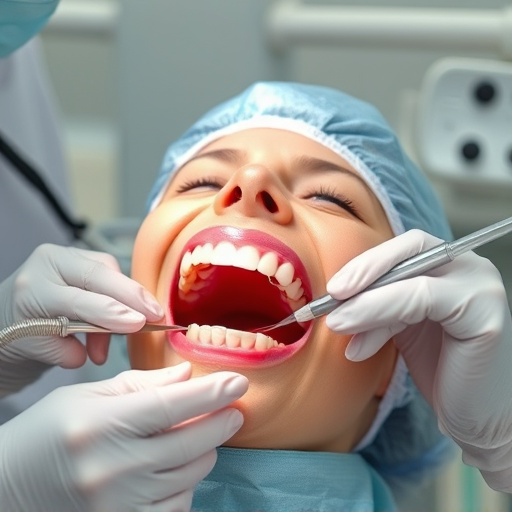
Evaluating Dental Alignment is a crucial step in determining optimal chewing function through occlusal adjustment. A comprehensive dental examination should include assessing the bite and the relationship between the upper and lower teeth, known as occlusion. Misalignments or imbalances can lead to inefficient chewing, increased wear on teeth, and discomfort during meals. By examining the existing dental alignment, professionals can identify issues such as overbite, underbite, or cross-bite that may hinder efficient food processing.
Restorative dentistry plays a significant role in correcting these misalignments, often achieved through occlusal adjustment procedures. For some patients, clear aligners offer a more discreet and comfortable alternative to traditional braces, allowing for gradual correction of dental alignment while promoting good oral health habits. Preventive dentistry also benefits from this process, as proper chewing function reduces the risk of future dental issues and promotes overall oral health.
Techniques and Procedures for Effective Occlusal Correction

Occlusal adjustment is a precise technique within restorative dentistry aimed at realigning teeth to achieve proper bite alignment. This process involves careful manipulation of the occlusal surfaces, ensuring upper and lower teeth fit together seamlessly. A skilled dentist uses various tools and procedures to correct malocclusion, improving not only chewing efficiency but also overall dental health.
The initial step often includes taking detailed impressions and X-rays to assess the bite pattern and identify areas requiring adjustment. Subsequent procedures may involve smoothing or reshaping tooth surfaces, adjusting occlusal planes, or even constructing custom oral splints for continued correction. Regular dental cleanings and check-ups are essential during and after occlusal adjustment to maintain optimal oral hygiene and track progress.
Occlusal adjustment, a precise dental technique, offers significant benefits in enhancing chewing function and overall oral health. By understanding the basics, evaluating alignment, and employing effective procedures, individuals can achieve improved bite harmony and enjoy better quality of life. Incorporating occlusal correction into dental care routines ensures a functional, comfortable, and efficient chewing experience for years to come.




